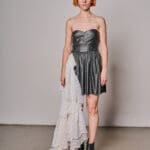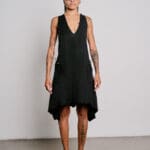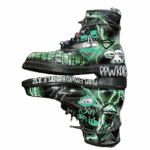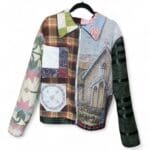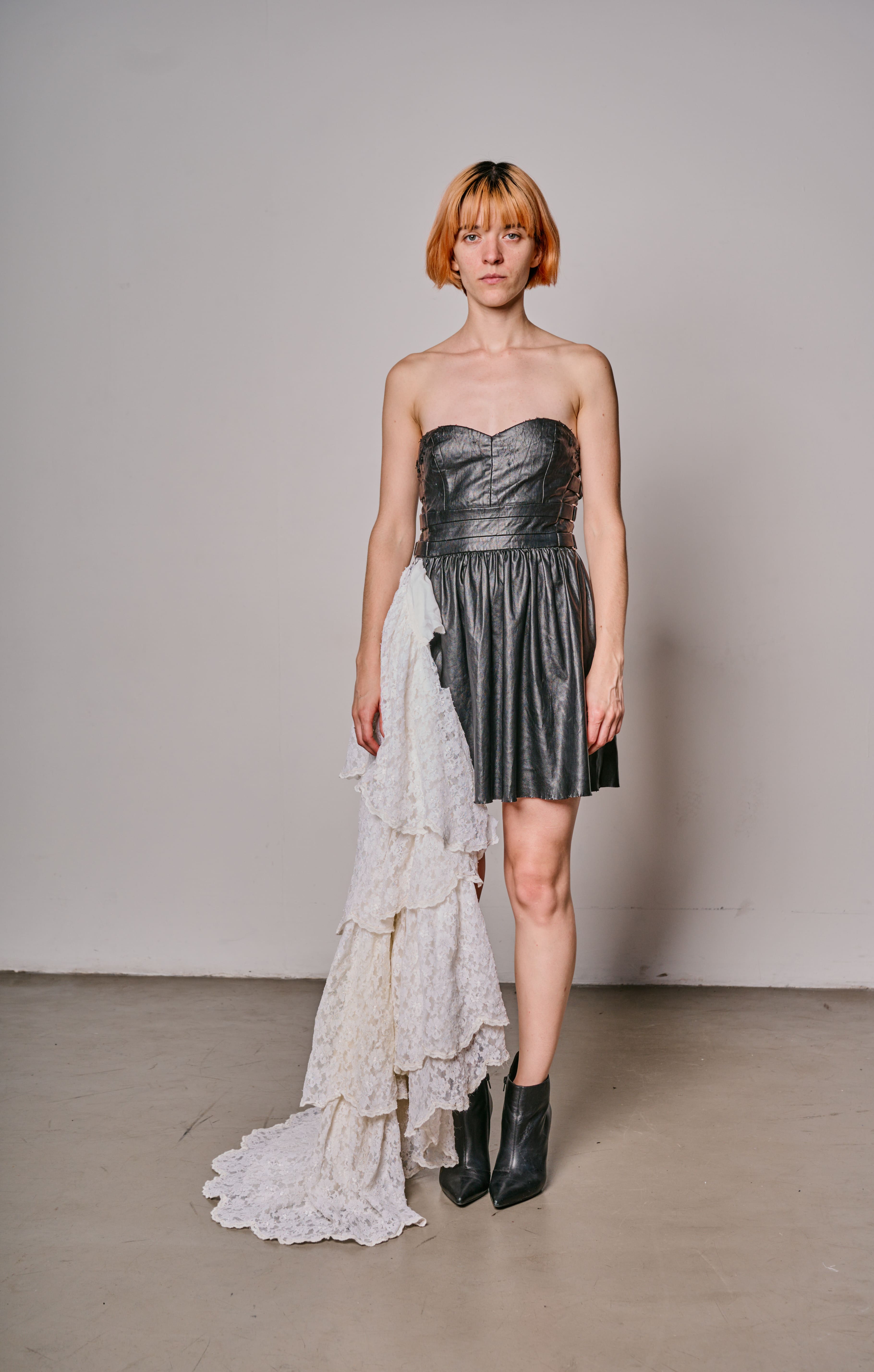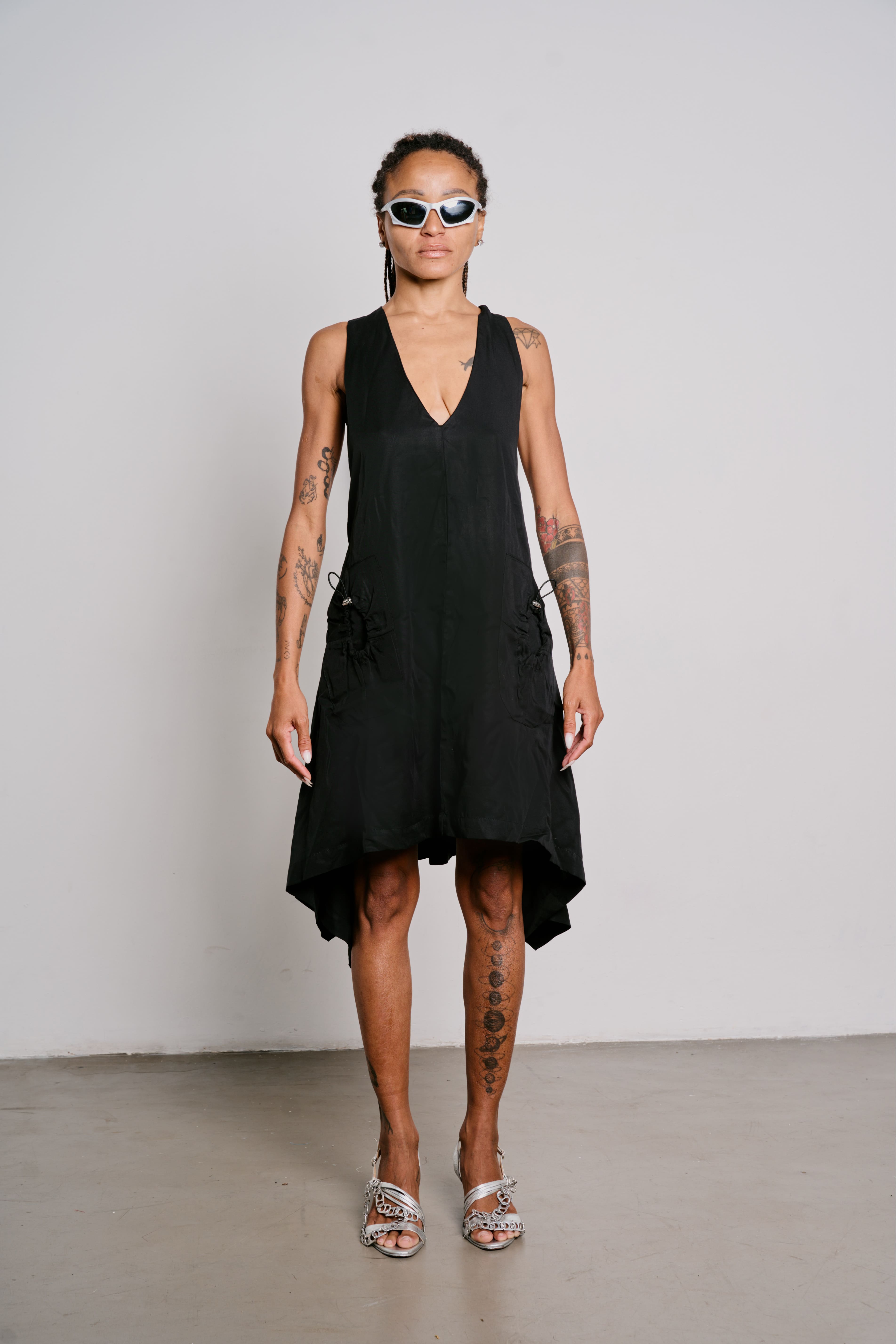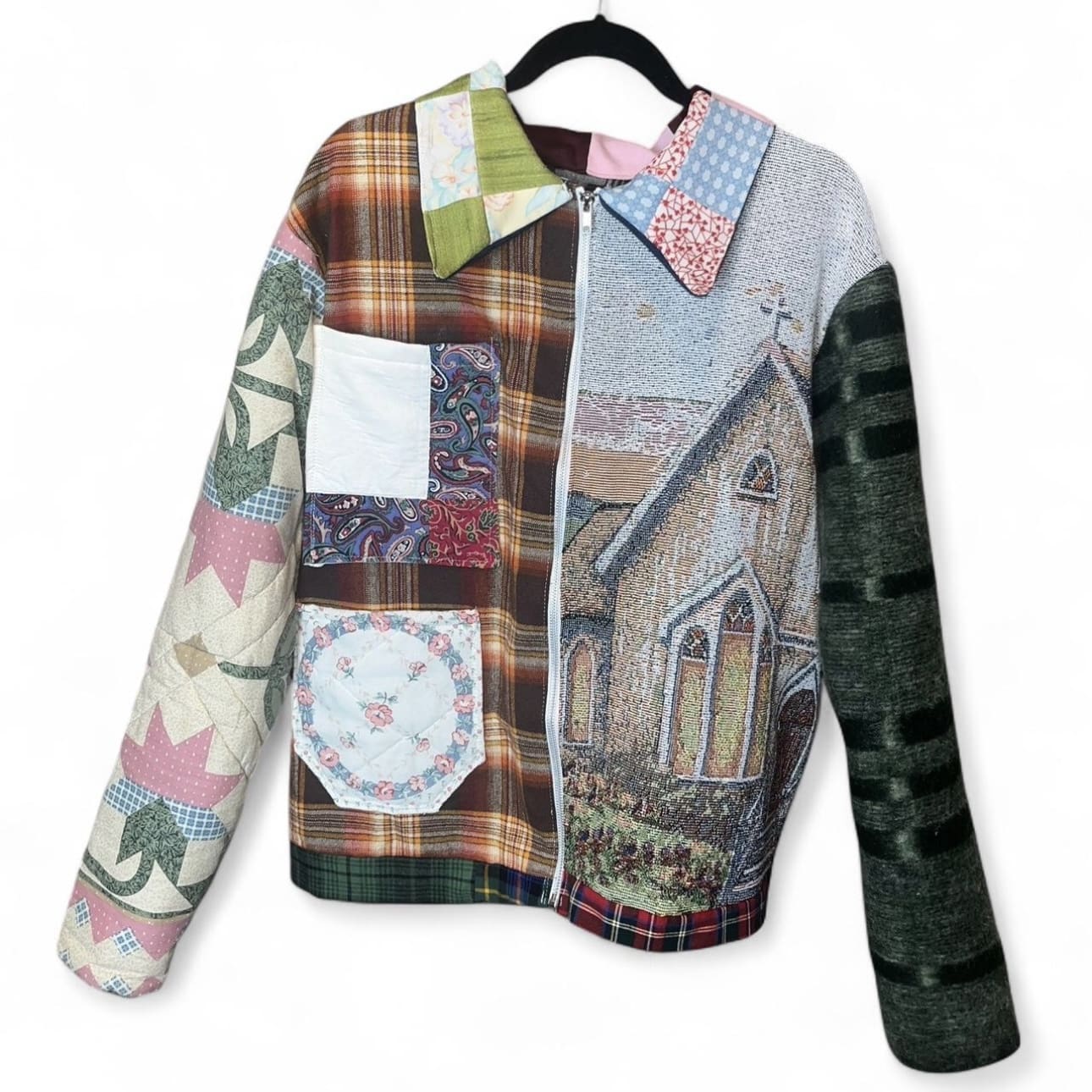Cheetah print, a defining fashion staple of the 90s, is making a fierce comeback. Once synonymous with the bold, rebellious spirit of the decade, this iconic pattern is being revived on runways and in street style alike. Modern designers are reimagining cheetah print with fresh, contemporary twists—think unexpected color combinations, oversized motifs, and new textures that breathe fresh life into the classic pattern.
This resurgence reflects a broader embrace of 90s and 2000s nostalgia (and the embrace of Y2K fashion on platforms like TikTok and Instagram), with cheetah print standing out as a versatile choice for those looking to make a statement or add a touch of wildness to their wardrobe. Whether worn in a subtle accessory or as a bold centerpiece, cheetah print is reclaiming its spot as a symbol of confidence, individuality, and fearless fashion.
The History of Cheetah Print in Fashion
In ancient times, cheetah print fashion wasn’t just a style statement—it was a powerful symbol of status, strength, and mystique. Kings, queens, and tribal leaders in various cultures, particularly in Africa and the Middle East, adorned themselves in animal prints like cheetah, believing they embodied the animal’s speed, agility, and hunting prowess.
The distinctive spots of the cheetah were used in garments, accessories, and even ceremonial wear, signaling power and prestige. In Egypt, cheetah skins were often worn by priests during religious ceremonies, symbolizing a divine connection and the ability to bridge the mortal and spiritual worlds.
Beyond its ornamental appeal, cheetah print also conveyed a sense of protection, with warriors and hunters donning these patterns to intimidate enemies and embody the spirit of the predator. In ancient fashion, cheetah print was more than just a visual motif—it was a symbol deeply woven into cultural identity, mythology, and social hierarchy.
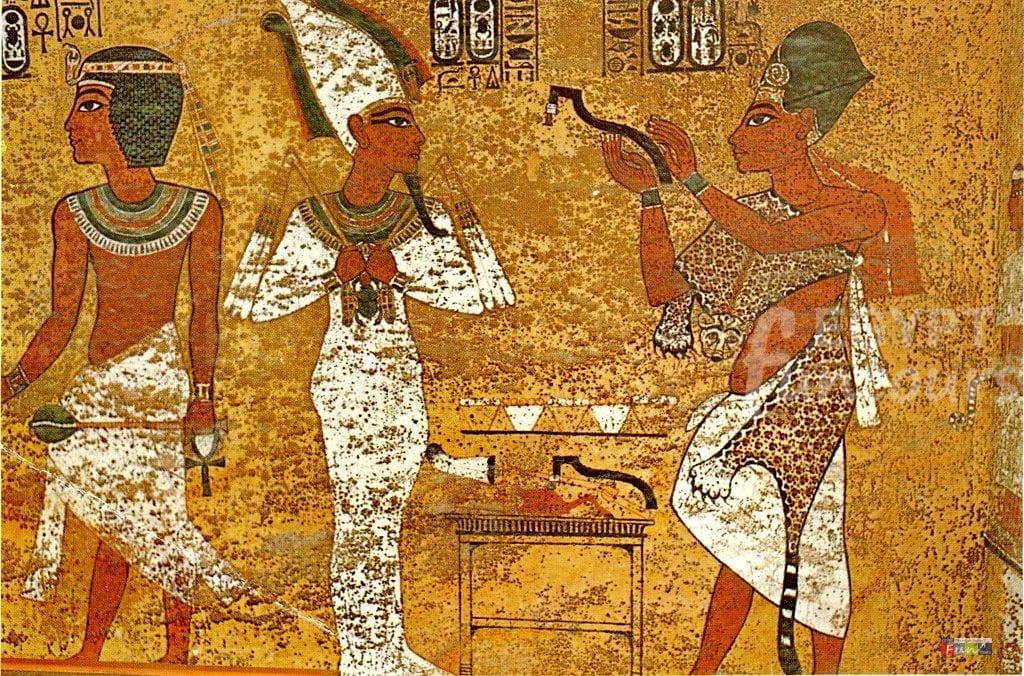
The print gained popularity in Western fashion during the 1920s and 1930s, coinciding with a broader fascination with African safaris and exoticism.
By the 1940s and 1950s, cheetah print became a staple of Hollywood glamour, embraced by stars like Marilyn Monroe and Eartha Kitt. It was a symbol of sensuality and rebellion, favored by rock ‘n’ roll icons in the 1960s and ’70s. The print’s bold, statement-making pattern saw a resurgence in the 1980s, aligning with the decade’s maximalist aesthetic, and continued to ebb and flow through fashion trends in the decades that followed.
Today, cheetah print remains a versatile and enduring motif in fashion, used across various styles and garments, from high fashion runways to streetwear. Its appeal lies in its ability to convey confidence, boldness, and timeless style, making it a perennial favorite for those looking to make a statement.
Cheetah Print: Iconic 90s Style
Cheetah print was a defining fashion trend of the 90s, embodying the era’s love for bold, unapologetic statements. This wild pattern, with its fierce spots and daring appeal, became a symbol of confidence and individuality, embraced by many of the decade’s biggest stars. Musicians like Gwen Stefani and Aaliyah incorporated cheetah print into their stage outfits, blending edgy style with a rebellious attitude. Cheetah print was even adopted by certain sects of punk fashion. Meanwhile, supermodel Naomi Campbell often strutted down the runway in striking cheetah prints, elevating the trend to high fashion.
Actresses like Fran Drescher in The Nanny famously wore cheetah print as a signature look, making it a pop culture staple. Side note: if you want to see more of Fran Drescher’s iconic outfits from The Nanny, make sure you follow @whatfranwore on Instagram. It’s an amazing page dedicated to her legendary sense of style.
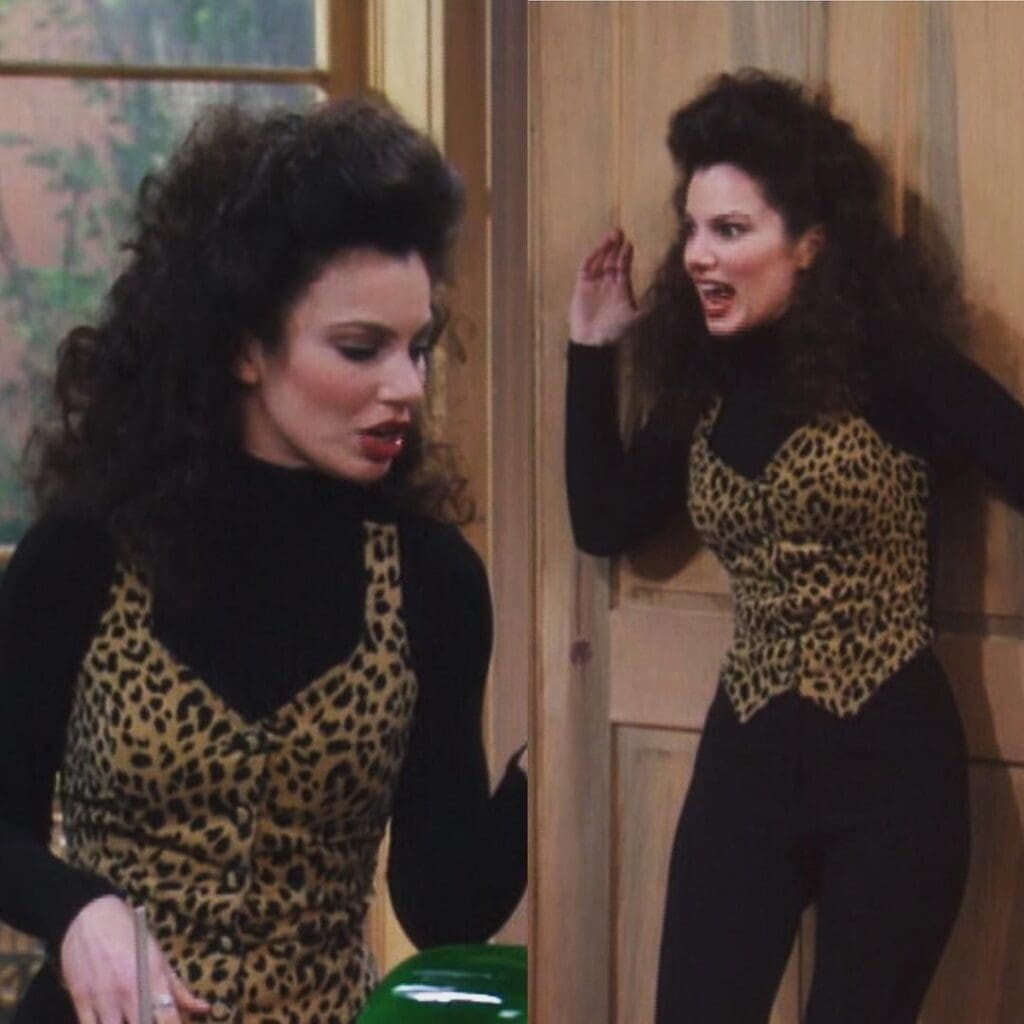
Even pop icons like Madonna and the Spice Girls added their own twist to the trend, mixing it with their unique styles to create unforgettable looks. The print’s ability to capture both glamour and grit made it a favorite among celebrities who wanted to stand out, ensuring cheetah print’s enduring place in 90s fashion history.
The Resurgence of Cheetah Print
Cheetah print is roaring back into modern fashion, reclaiming its status as a go-to pattern for those who want to stand out. This timeless print has recently been spotted on contemporary celebrities who love its bold, playful edge. Fashion icons like Beyoncé, Rihanna, and Kylie Jenner have embraced cheetah print in their wardrobes, showcasing it in everything from red carpet gowns to street style looks. Designers are bringing new energy to this classic motif with fresh interpretations, pairing it with modern silhouettes, unique textures, and unexpected colors.
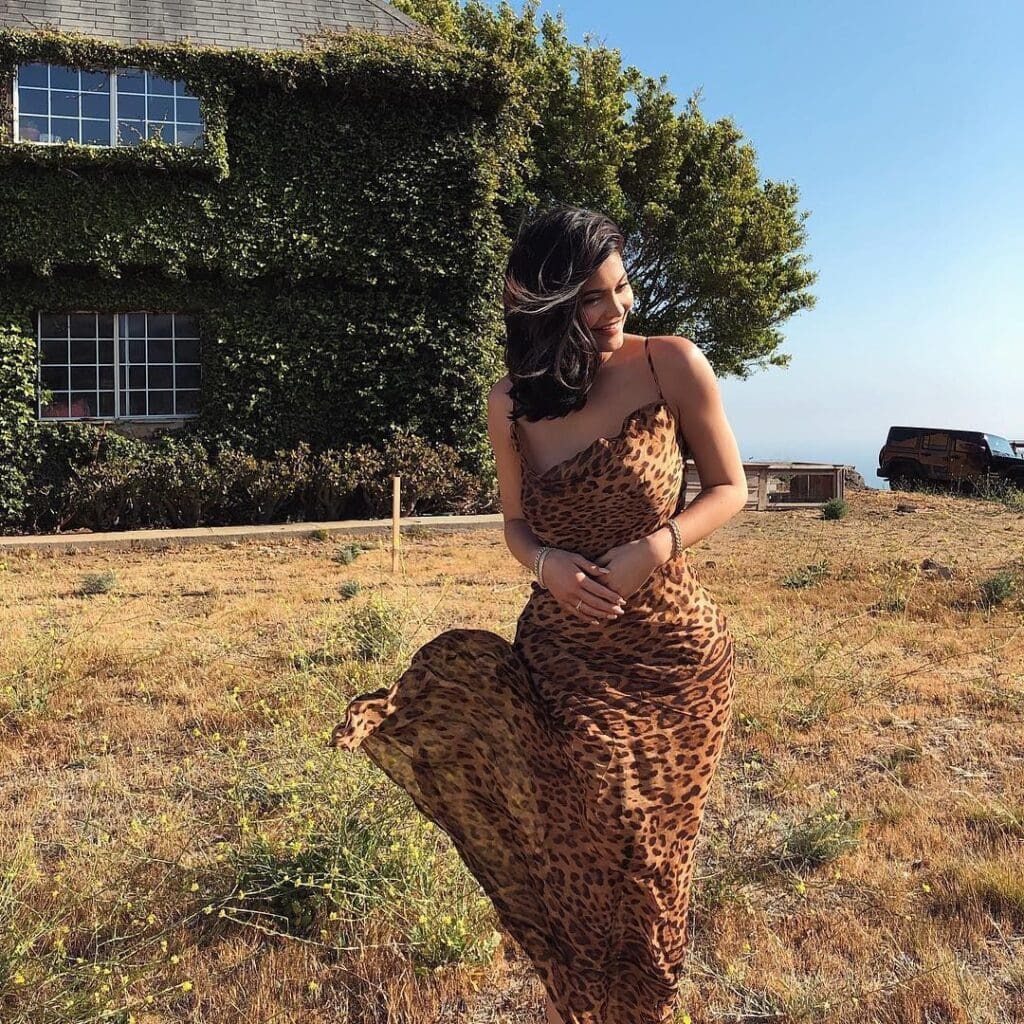
Celebrities such as Hailey Bieber and Dua Lipa have also been seen rocking cheetah print, solidifying its resurgence as a trend that combines nostalgia with contemporary flair. Whether it’s a sleek dress, a chic coat, or a daring accessory, cheetah print is back, proving once again that it’s a versatile and fierce choice for any occasion.
Shop Sustainable Cheetah Print
Finding sustainable cheetah print garments is easier than ever, as eco-conscious fashion brands embrace this bold pattern while prioritizing ethical production and materials. To shop sustainably, look for brands that use organic or recycled fabrics, such as cotton, Tencel, or recycled polyester, which minimize environmental impact. Check for certifications like Fair Trade or GOTS (Global Organic Textile Standard), which ensure ethical labor practices and eco-friendly materials.
Vintage and second-hand shops are also fantastic places to find unique cheetah print pieces that reduce waste and give garments a new life. Many online platforms, like Custom WearHouse, offer pre-loved and upcycled options in various styles. Additionally, consider supporting smaller, independent designers who focus on slow fashion and create limited-run pieces to reduce overproduction. By choosing sustainable cheetah print garments, you can stay stylish while making a positive impact on the planet.
And if you’re lucky, you might even find some upcycled cheetah print garments in our Custom WearHouse store! Thanks for reading!


